We have instant access to a wealth of information thanks to the Internet. This is generally a good thing, especially in 2020, when the world was forced to isolate and stay home. We had the Internet to allow us the privilege of staying home. Schools went online. We did our grocery shopping online, paid our bills through online channels, and even had online gatherings and e-drinking parties.
For the most part, we were comfortable at home as we await developments in the crisis. But, because of the isolation and lack of significant human interaction, we noticed everything. We started to notice moles, lumps, and rashes on our bodies that we swear were not there before. So we resort to searching our symptoms online, especially now that we hold a smart device in our hands.
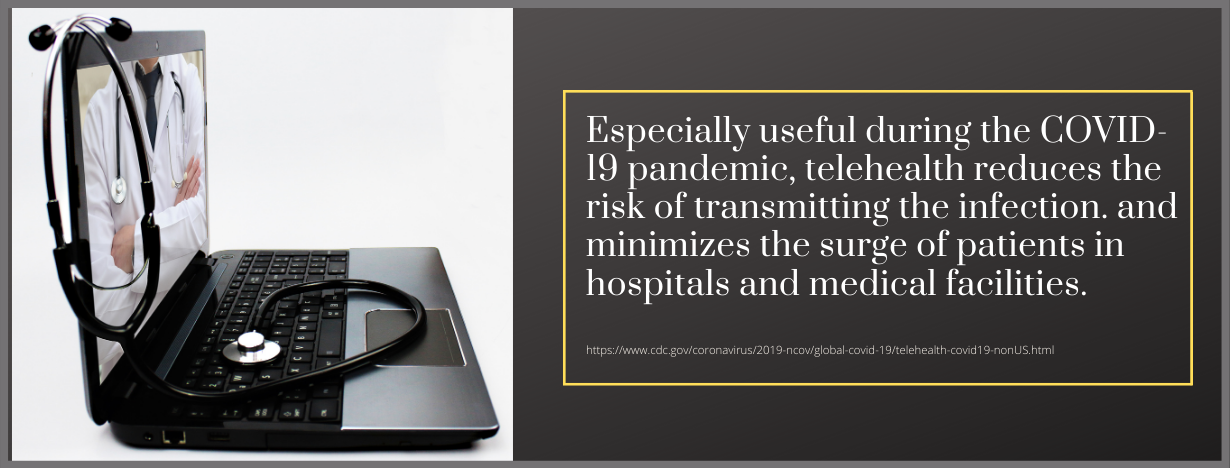
It is very tempting to simply Google anything. With just a few taps of the finger, we can find the answer to every question that we may have about our condition. As the medical industry scramble to find resources to accommodate the surge of patients that come into the hospitals, many have turned to the Internet for help. Hospitals have fought and continue to fight the pandemic.
Thousands of ill patients require urgent medical attention, and doubts about our hospital’s capacity to accommodate each one have become a critical issue. Hospital beds fill up quickly, and patients who require complicated treatment command all possible attention. Medical attention for non-COVID-19 care is often deferred and delayed. Going to the hospital is riskier, so we turn to the Internet, presumably, safer.
According to The Atlantic, in July of 2012, 97.5 million Americans turned to the Internet and health-related websites for medical advice and diagnoses. Among the most popular websites is Web MD Health Network which has a reported 25.2 million visitors per month. Everyday Health Network comes in a close second with 23.4 million, and Livestrong with 11.8 million monthly visitors. It is worth noting that this data is from 2012, almost a decade ago. In 2018, a survey conducted by a Seattle-based medical malpractice law firm revealed that the number from 2012 is still relevant and has even increased. The survey revealed that 44% of Americans prefer to self-diagnose their condition online rather than see a healthcare professional in a traditional set-up.
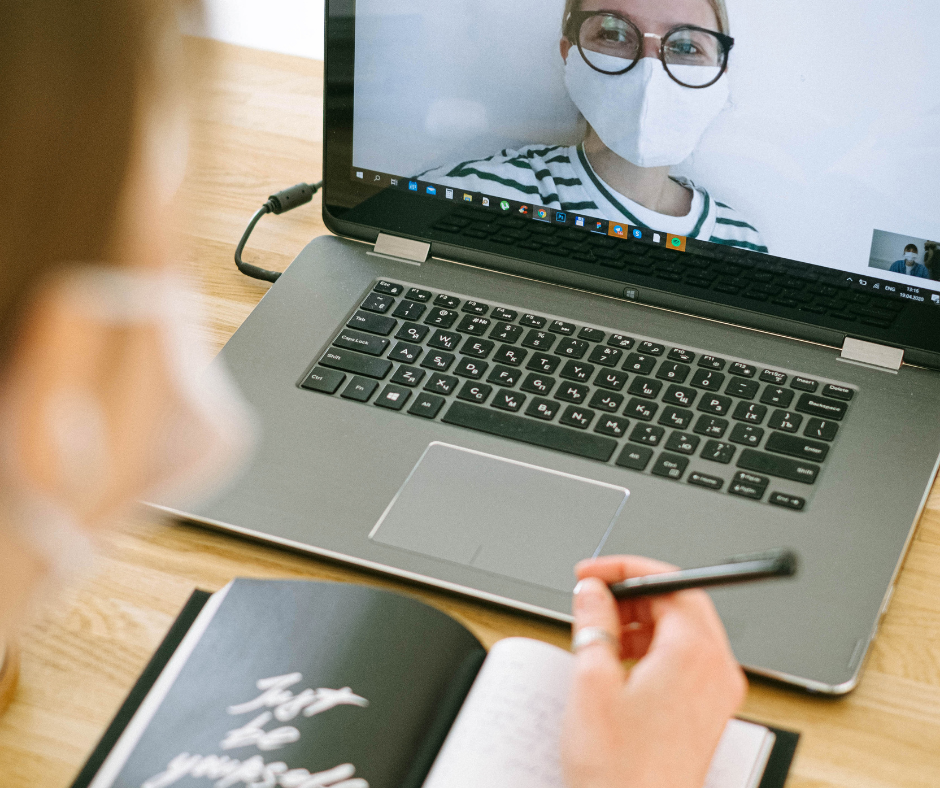
Government-funded health services have been spread thin even before the pandemic. Consequently, patients have chosen to empower themselves and favor patient choice, self-management, and self-care. With a more responsive and sophisticated online resource, a wider population has relied on the Internet for answers. Health-related websites now provide information and support for those who need to diagnose their condition and particular symptoms. Reliance on the Internet to self-diagnose illness and symptoms often lead to “cyberchondria.”
Cyberchondria is a behavior pattern that manifests as distress or anxiety about a person’s health who then makes excessive or repeated health-related web searches. Because of this, you become more distressed and anxious, even frightened. It is often portrayed as a dangerous and out-of-control consequence of the modern world. In fact, in the survey, 15% of the 3,000 respondents said they experienced cyberchondria because of searching for their symptoms online. According to Psychology Today, there are five tell-tale signs that you may be experiencing cyberchondria or that you are a cyberchondriac. If you do these five things, you might be cyberchondriac:
- You spend one to three hours per day checking online for your symptoms and information on your medical condition;
- You experience illness anxiety and fear that you might have several different diseases;
- On days that you experience intense anxiety, you check your symptoms three to four times a day;
- Instead of getting answers for your symptoms and condition, going online makes you feel more anxious; and
- There is nothing wrong with you – you are medically stable.
When your habit of checking online for reassurance leads you to a downward spiral to cyberchondria, you should stop self-diagnosing. It is not to say that you should stop going online for medical help, but you should do it right.
Consult with a doctor online through telehealth services.
Telehealth, often referred to synonymously as telemedicine, is delivering health care services to patients who are remotely connected with health care providers. Simply put, it is medical care delivered at a distance. This innovation is made possible through the use of information and communications technology or ICT. ICT makes the exchange of information between patients and healthcare providers easy, convenient, and cost-effective. Medical practitioners can diagnose their patients and design treatment plans for diseases and injuries. Not only that, telehealth enables healthcare professionals to pursue and continue their education to keep abreast of the developments in their respective fields.
Electronic information and telecommunications support long-distance clinical health care. With the use of video conferencing, store-and-forward imaging, wireless communications, and streaming media, remote medical consultations can be done.
Telemedicine is a term that was first heard in the 1970s, but the practice started from the middle to the late 19th century. Its modern incarnation began in the 1960s when the military and space technology sectors started using available information and communications technologies to deliver healthcare to remote locations. This includes using televisions to facilitate consultation between specialists and general practitioners. Telemedicine means “healing at a distance.” It uses ICT to improve patient outcomes by ensuring that access to quality care and medical information is available to every patient. Its purpose is to provide clinical support while overcoming geographical barriers by connecting users who are not in the same physical location.
The definition of telemedicine highlights it as an open and constantly evolving science. It incorporates new advancements and technological innovations to respond and adapt to societies’ rapidly changing health needs. Recent advancements in telemedicine are brought about by the increasing availability and utilization of information and communications technologies by the general public. This has been the most significant driver of the field over the past decade, bringing new possibilities for receiving healthcare services. Far from the limited technologies in the 1960s and the 1970s, the introduction and popularization of the Internet have accelerated the development in ICTS. In effect, telemedicine has expanded its scope to web-based applications, like email, online messaging, videoconferencing, and conferences. Today, the world has a tapestry of telemedicine applications to choose from.
Health organizations, including the World Health Organization (WHO), uses telemedicine and telehealth interchangeably. However, some distinguish the former as restricted to healthcare service delivery by physicians only, while the latter signifies broader service. Telehealth encompasses a broader application of ICTs. It may include medical care provided by nurses, pharmacists, and other healthcare professionals. Moreover, it also includes distance education, patient empowerment, consumer outreach, and other applications where electronic communications and information technologies are used to deliver healthcare services.
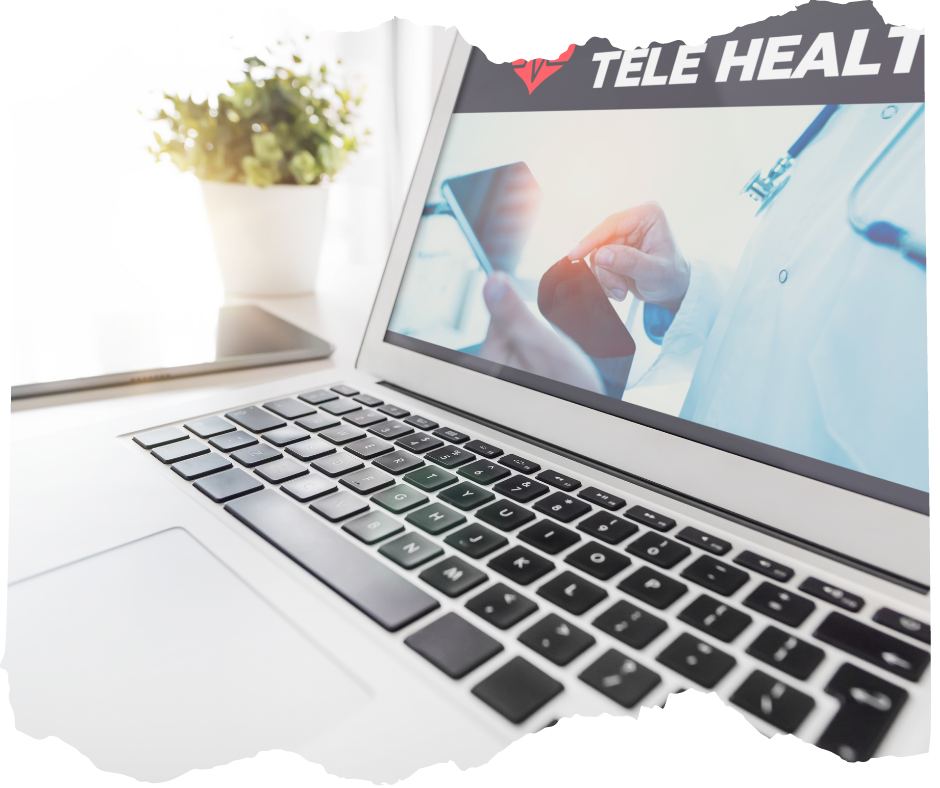
Using several telehealth modalities allows healthcare professionals to connect with patients using technology to deliver apt health care. These are:
- Synchronous involves real-time interactive communication over the telephone or live audio-video interaction. This is typically done through a smartphone, tablet, or computer. This is where virtual visits and mHealth come in. Virtual visits take place between patients and healthcare professionals via communications technology with video and audio connectivity. Patients and clinicians can meet in real-time from virtually any location. mHealth or mobile health, on the other hand, is defined as medical and public health practices that are supported by mobile devices. This includes applications used for patient monitoring, personal digital assistants, as well as other wireless devices. The innovation aims to capitalize on mobile phones’ core utility as it is readily available even in low- and middle-income countries.
- Asynchronous includes “store and forward” technologies. Store-and-forward telemedicine does not require medical practitioners to meet in-person with a patient or through real-time interactive services. Instead, patient data such as medical images, laboratory results, or biosignals can are forwarded to a specialist when needed. This is a common practice in radiology, dermatology, and pathology.
With proper structure, care, and security, telemedicine’s asynchronous modalities can save precious time in delivering patient care. One downside to store-and-forward modalities is the reliance on a patient’s history report and documented information instead of a physical examination.
- Remote Patient Monitoring (RPM) is a telehealth technology that allows doctors and health care professionals to monitor a patient’s health remotely. This may include:
- Web-based or mobile applications that enables you to upload information, like your sugar level or blood pressure to your doctor;
- Mobile devices that transmit information wirelessly;
- Wearable devices that automatically record as well as transmit information, like blood glucose, heart rate, sleep patterns, or posture control; and
- Home monitoring devices that are especially useful for senior patients or people with dementia detect even the slightest changes in normal activities.
- Audio Only refers to using a landline or mobile phone to connect a patient to a health care provider. A physician or clinician and patient talk with one another about remedies and ways to manage chronic disease, risk factors, and condition.
As more and more hospitals and clinics move to offer telehealth services in response to the pandemic, you must know what medical services you can avail via telehealth. The Department of Health and Human Resource Services urged medical services providers urge to make telehealth services easier. Even after the COVID-19 Public Health Emergency, it is believed that telehealth will become a mainstay in the health industry. Therefore, it is encouraged that healthcare providers adopt and use telehealth to provide care to patients in appropriate situations safely.
Telehealth may prove useful in the following situations:
- Follow-up appointments, where primary care and urgent care providers can conduct routine follow-up visits with their patients. This is an opportunity for physicians to determine whether more aggressive or direct cared is necessary. Telehealth is not only more efficient for follow-up appointments, but it also increases the likelihood of a patient has a follow-up. More importantly, this reduces missed appointments. As a result, improving patient outcomes.
- Remote chronic disease management, chronic disease is one of the most pressing issues in the health sector. Telehealth is recommended for reducing the risk factors for patients with chronic disease and for managing their conditions. This helps those who are recently diagnosed with cardiovascular disease, high blood pressure, and patients with diabetes, HIV infection, asthma, obesity, or end-stage renal disease.
- Remote post-hospitalization care through any telehealth modalities, post-hospitalization care, may be done remotely, removing the need for patients to come to the hospital. This eliminates the risk of further infection. Remote post-hospitalization care has been shown to improve the care transition process, especially for heart failure patients.
- Preventative care support, heart failure (HF) affects 5.8 million patients in the United States. HF is associated with high hospitalization and readmission rates, mortality, and cost of care. Utilizing telehealth for preventive care support, we may aid weight loss and smoking cessation among high-risk individuals. Telehealth is a valuable tool in connecting medical care providers with patients to get support and reduce the risk of heart disease.
- School-based telehealth, great use of telehealth technologies, school-based telehealth makes a visit to the school nurse more result-focused. A physician can assess the urgency of the condition remotely and provide appropriate care without the need to go to the hospital.
- Assisted living center support, telemedicine software is especially useful in keeping the residents of assisted living facilities from rehospitalization. With telemedicine, hospitalization for less urgent cases is no longer the primary option. On-call doctors can conduct a remote evaluation to determine whether getting admission is necessary.
- Counseling and Education, telehealth services are vital in prenatal care and diabetes management, making counseling and education a necessary part of patient care.
- Medication Management, people with chronic conditions are dependent on medication management, and telehealth services require that patients with prescription medications be filled and refilled.
- Behavioral Health Services, telehealth among behavioral health providers, offers a promising solution to reduce mental health professionals’ maldistribution and ensure that everyone has access to mental health and substance use disorder treatment in the country.
- Health Screening in the current state of medical health globally, remote health screening reduces the potential for transmitting the infection. This was especially useful during the COVID-19 pandemic to minimize the impact of patients surging on hospitals and medical facilities.
- Rural Specialty Care, in the United States, people who live in the rural areas are more likely than urban residents to die prematurely due to the five leading causes of death – heart failure, chronic lower respiratory disease, cancer, unintentional injury, and stroke. Telehealth enables physicians to efficiently monitor their patients and develop an effective communication and counseling approach. More importantly, it is an ideal way to deliver patient care quickly, especially in emergencies.
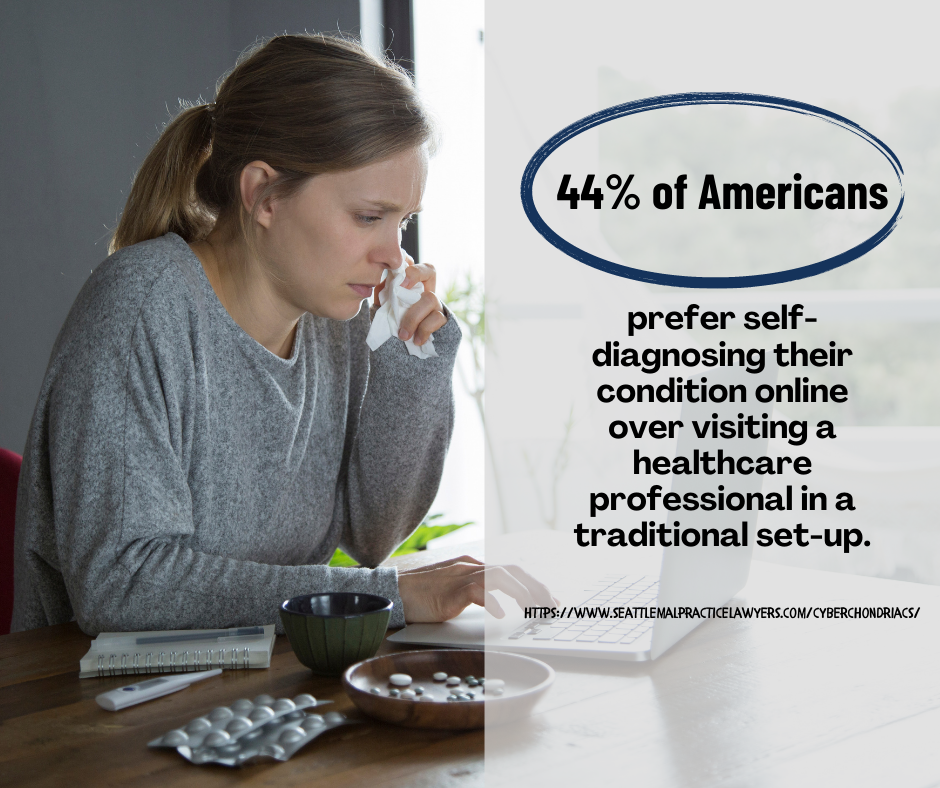
Telehealth has been an option for patients who reside in rural areas as it eliminates the need to travel long distances to get medical attention. Senior patients and those who have physical disabilities benefit from the modalities offered via telehealth. But because of the pandemic, more and more people have embraced telehealth for primary and emergency health care. This was to contain transmission from one person to another, but primarily because travel restrictions were put in place and forced everyone to stay home. Through telehealth, those at greater risk of developing the disease were kept safe by reducing their risk of exposure, especially in hospitals.
Telehealth is for you, especially at the time of an epidemic, worse, a pandemic. It is a 21st-century approach to bringing health can and medical services to patients while keeping them and physicians safe.
Medical services offered through telehealth may vary from one medical services provider and facilities from another. Here are the most common conditions that can be treated by virtual visits:
- Acne
- Allergies
- Asthma
- Bladder Infections
- Cardiovascular Diseases
- Cellulitis
- Chronic Obstructive Pulmonary Disease
- Cold
- Conjunctivitis
- Diarrhea
- Eczema
- Infections
- Insect Bites
- Mental Health Disorders
- Migraine Headaches
- Pharyngitis
- Psoriasis
- Pulmonary Diseases
- Rashes
- Respiratory Infections
- Rosacea
- Sinusitis
- Skin infections
- Skin Inflammations
- Skin lesions
- Skin rashes
- Sore Throats
- Sports Injuries
- Sprains & Strains
- UTIs
- Vomiting
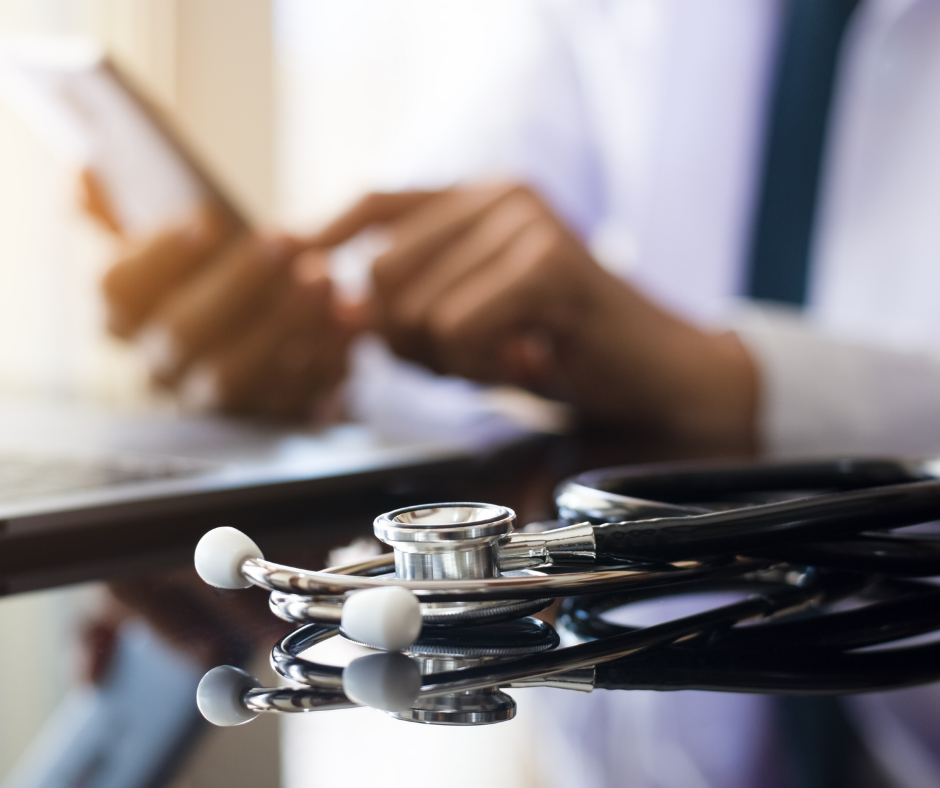
It depends.
Insurance coverage would depend on your location and the kind of insurance you have. It is heavily impacted by both federal and state laws and the policies of insurance companies. Some may prove progressive more than others, that more and more state legislatures and private health insurance providers include telemedicine in the policy. This is an effort to reduce the financial stress on patients who seek medical care online via telehealth service.
Medicare Part B (Medical Insurance) covers two types of services – medically necessary services and preventive services. Medically necessary services are those medical procedures and supplies needed to diagnose or treat your medical condition. These procedures and supplies must meet accepted standards of medical practice. Meanwhile, preventive services are given to patients to prevent illness or detect it early when preventive treatment may work best. Your Medical Insurance also covers certain telehealth services.
You would pay 20% of the Medicare-approved amount for your physician, clinician, or other health care provider’s services, and the Part B deductible applies. You will be asked to pay the same amount for most telehealth services. These services include psychotherapy, office visits, consultations, and some other medical services provided by an eligible health care provider who is not in the same location as you. You must have consulted with the provider using real-time, interactive telecommunications systems.
In 2019, Medicare made these changes:
- You can now get Medicare telehealth services at renal dialysis facilities and even at home
- You can avail of Medical telehealth services for a faster diagnosis, assessment, or treatment plan for an acute stroke wherever you are living
- Medicare telehealth services now cover treatment for substance use disorder or co-occurring mental health disorder
- Medicare now covers virtual check-ins as well as E-visits
Medicare Advantage Plan began offering more telehealth benefits in 2020 than Original Medicare. Check your plan to see if you are covered.
Medicaid approaches telehealth differently. It requires patients to be at a healthcare facility during the visit for the telehealth service to be covered in some states. Several states allow that patients remain at home, at school, or at work during the telehealth service. To ease the burden of checking and rechecking whether Medicaid covers your telehealth visit, check the State Medicaid and CHIP Telehealth Toolkit.
To avoid payment and cost-sharing issues, you should check with your insurance provider before your telehealth visit.
Since you will be receiving medical care remotely, you need to prepare and ensure that you have the proper technology to make your visit as seamless as possible. Make sure your gadgets are ready. Here are the things you will typically need for your visit:
- A phone, tablet, or computer with a working microphone and camera. Using a high-quality webcam will significantly improve your experience, as well as quality sound equipment. Ensure that camera is set-up at eye level.
- A reliable internet connection. You can use a wired connection for best results.
- A quiet, private room. A dedicated set-up or room for a telehealth visit will make your telehealth visit more comfortable and make communicating with your health care provider easier.
- Set up your notifications. Make sure that your lines are open, especially during preliminary checks. This allows you to make sure that you will not miss your appointment.
- Have a pen and paper ready.
Whether you use synchronous or asynchronous modality, it is best to come prepared for your telehealth visit. Take advantage of your time with your health care provider. Prepare for your visit by keeping the following in mind.
- Fill out the paperwork.
- Ask your insurance provider for coverage and possible cost-sharing options.
- Focus on your session, and ask questions when needed.
- Talk clearly.
- Make a list. Make a comprehensive, if not complete, list of your symptoms, how severe, and when they started.
- Make sure to keep track of your data. If you have mHealth applications, use them. Keep track of your temperature, blood pressure, or blood sugar level whenever applicable to your condition.
- Divulge critical information to your physician or clinician, like if someone in the house with you is ill or has recently gotten ill.
- If you have chronic conditions, make sure to inform your medical care provider and the medications you are taking.
- If your medical record is in the patient portal, you should have access to your account to retrieve and review your electronic medical record.
- In case that you may need medical attention and are asked to go to the Emergency Room or clinic, you should know where is the closest hospital.
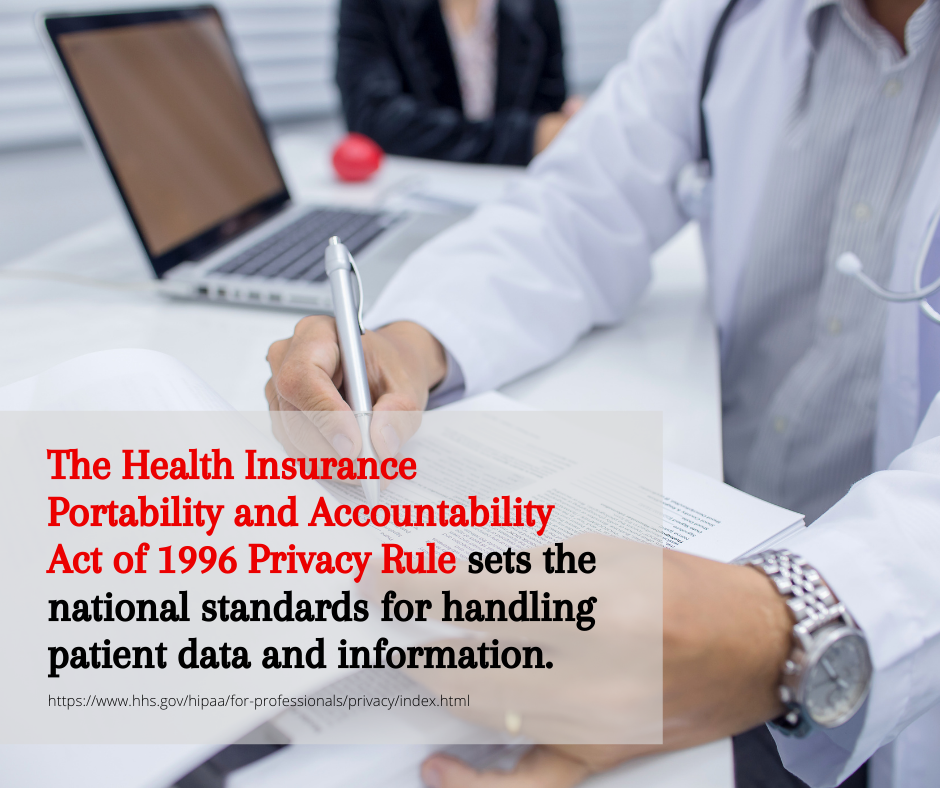
Since your data and medical records will be transmitted through the Internet, it is subject to HIPAA regulations. Health Insurance Portability and Accountability Act of 1996, the HIPAA Privacy Rule, sets the national standards for handling patient data and information. The law was enacted to protect each individual’s medical records and other personal health information. HIPAA applies to health care providers that conduct health care services electronically, including telehealth visits. However, video conferencing services like Skype and Facetime do not comply with HIPAA standards. Health care service providers are encouraged to maintain compliance and utilize technology solutions with data encryption to protect their patients’ data.
